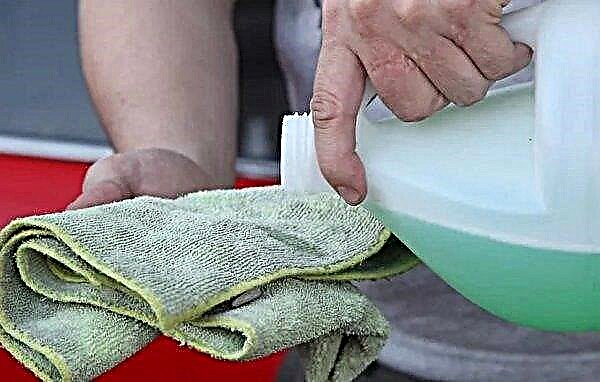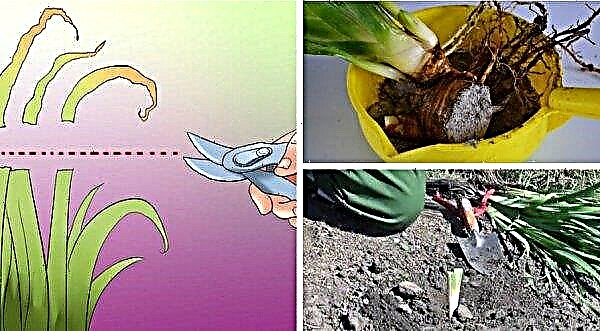The greenhouse allows you to have vegetables, herbs and berries for your table or for sale. In addition to protection from atmospheric precipitation, it is possible to organize land heating in the room, which will make it possible to maintain conditions for growing various crops all year round. This material discusses how to do it yourself.
Why make a warm floor in a greenhouse?
To create conditions for the growth of crops, it is not necessary to warm the air in the room. Arrangement of heating from the bottom of the soil will provide a sufficient amount of heat for plants and will save heat carriers.
Warm air rises and raises the temperature in the room without the use of energy-consuming and expensive heating appliances. High-quality heating of the soil substrate will help make the climate in the greenhouse sufficient for year-round plant growth.

- But external heating has several drawbacks compared to underground:
- the air becomes dry;
- oxygen is burned out of it;
- delicate shoots and leaves can get burns;
- the soil is not warming enough, and the root system freezes;
- It consumes a lot of electricity.
Did you know? In the XVII century, the main greenhouse vegetable in Europe was the most ordinary potato, which at that time was an exotic plant.
Floor heating options
There are such basic options for heating the soil in a greenhouse:
- water;
- electric;
- infrared.
- mixed.
Water system
Water floors are the most versatile, since you can heat the water flowing underground, in various ways - electricity, a boiler, a boiler, a central heating water pipe system or from a hot water pipeline.

The organization of water heating is as follows:
- remove soil and clay to a depth of 50 cm;
- tamp the soil;
- to put thermal insulation (polystyrene up to 10 cm);
- cover with plastic wrap;
- pour 50 mm of sand;
- a flexible pipe for heating with a loop diameter of 200–300 mm is laid out on the dump;
- another layer of sand is poured on top of the pipes;
- a layer of soil is laid back.

Pipes can be made of steel, rigid, braided or polymer. Plastic constructions do not rust, but they also transfer heat weakly, so it is better to use flexible metal pipes. Coils of pipes are connected to a common collector using pipes.
Important! The water system involves the correct laying of pipes for uniform heating of the soil and the exclusion of unheated zones in the places of plant growth.
There are several problems, since solid fuel boilers are not able to maintain the temperature in the system at about 40 ° C for a long time. Circulating water from the heating system is able to solve this issue.
It is better to use a water heating system of a boiler type with regulation of the water temperature at the level of 35 ... 40 ° С. In this case, the required heating level is adjusted quickly and conveniently.
Video: Water heating for the body
Electric heating system
Electric cables are used to heat the soil quite rarely, since such heating is expensive. Copper wires and the current cost of electricity will make you pay a considerable amount.
Did you know? The Netherlands is the champion in the number of greenhouses - in this country there are more than 10500 hectares. Locals love to cover their greenhouses with glass, and they use plastic and film infrequently.
You can heat the soil with electricity using the following methods:
- electric cable - the easiest to install;
- cable mats - the same wires. but attached to a metal reinforcing mesh.
In principle, the laying of electric heating for the installation of greenhouse floors does not differ from the laying of water heating. It is only necessary to provide insulation, arrange grounding and connect a temperature sensor.

Infrared heaters
The infrared film based on carbon heaters is not subject to deep laying, since the thermal effect of this element is low. These heating pads for the earth lie to a depth of 20 cm, and such elements can be damaged by garden tools. The advantage of infrared heaters is that they do not spend a large amount of energy and distribute heat evenly.

How to make a warm floor with your hands
The cheapest and easiest method is to make the heating of the greenhouse with your own hands.
Choosing a heating system
Depending on financial and communication capabilities, it is necessary to choose which way is more convenient to heat the earth in a greenhouse. If there is a source of warm water, this will be a great solution. With electricity at a low price, this method will be even better. You also need to consider the length and cost of communications and coolant.
Preparing the greenhouse for installation
Before installing any type of heating, it is necessary to carry out the following work:
- soil is removed to a depth of 40-50 cm;
- high-quality soil is placed in bags and carried out of the greenhouse;
- sanding is done to a depth of 10 cm.
Step-by-step installation instructions
Installation of pipelines or cable is carried out in the following sequence:
- at a distance of about 1 m from each other, small beadboards lie, which will have the function of a cable or pipe holder and hold the mass of soil;
- cable, hoses or pipes are laid out with loops with a radius of about 20-30 cm and covered with a film;
- fertile soil is poured onto the film.
Video: Heating of the greenhouse - heating with electric cable CTK
With a serious approach, you can make formwork with a layer of waterproofing and other installation delights. However, the installation of collars will relieve such trouble. The laying of reinforcing mesh is also discussed, since it only complicates the design and not all owners of greenhouses seek to use it.
The construction and arrangement of the greenhouse is a creative process where each owner will be able to show their abilities. There are many constructions for heating greenhouses, but all of them should be aimed at creating a structure that will satisfy the gardener with a good harvest.












